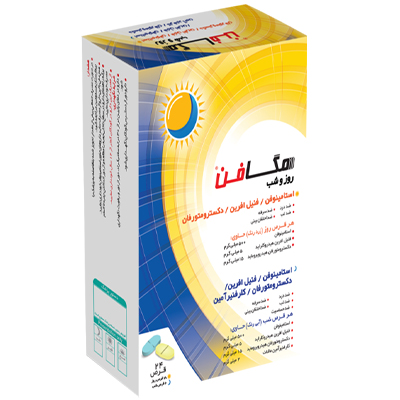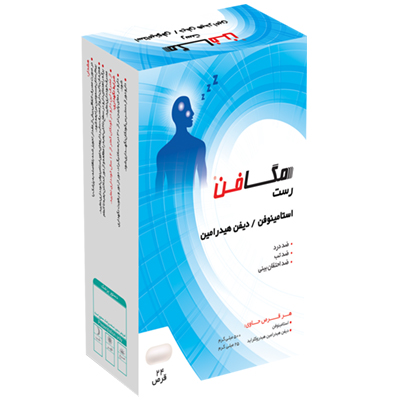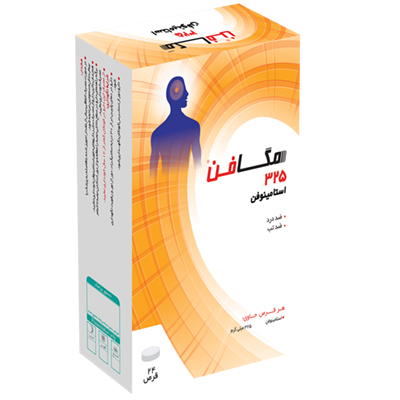Medication and psychotherapy are the most common methods of treating depression and other psychiatric disorders. Of course, knowing the type of depression has a significant impact on the treatment process. In another article about 9 of the most common types of depression We talked about it. We will now examine these two methods:
Drug therapy
Drug therapy is one of the most common methods of treating psychological disorders in adults. Drug therapy includes the following categories: Antidepressants and antipsychotics It is used, and we have discussed these two cases below.

Drug treatment
Antidepressant medications
Antidepressants are a benefit-based choice for the treatment of depression. These medications are used to provide a timely and appropriate response to major depression. Antidepressants fall into three major categories: selective serotonin reuptake inhibitors (SSRIs) (used to increase serotonin levels in the brain), selective serotonin and norepinephrine reuptake inhibitors (SNRIs) (increasing serotonin and norepinephrine). Tricyclic antidepressants (TCAs) are used as antidepressants for the treatment of depression. The advantages of pharmacotherapy include: rapid onset of action, high response rate.
Common side effects include weight gain, dry mouth, blurred vision, sexual problems, cardiovascular problems, confusion, and drowsiness. Therefore, treatment decisions should only be made under the supervision of a medical professional.
Antipsychotic drugs
In psychology and psychiatry, there is a class of drugs called antipsychotics that are used to treat certain mental disorders. These drugs are used to control the symptoms of psychiatric disorders such as Schizophrenia, bipolar disorder, Major depression and some other disorders are used.
Schizophrenia, a severe psychiatric disorder, includes symptoms such as hallucinations (perceptions that are not real), obsessive-compulsive disorder (thoughts or actions that the person has no control over), and an inability to think logically. Antipsychotics are the mainstay of treatment for schizophrenia. These drugs act as antagonists of dopamine receptors in the brain and affect the nervous system associated with the symptoms of schizophrenia.
Antipsychotics are divided into two categories:
Typical Antipsychotics
Dopamine D2 antagonists, or early antipsychotics, are prescribed to treat psychotic disorders. This class includes drugs such as haloperidol and fluphenazine. Early antipsychotics work primarily by blocking dopamine receptors in the brain and control the symptoms of schizophrenia. However, these drugs may cause side effects such as muscle rigidity, tremors, lethargy, and dizziness. Due to their antagonistic action, the sedative effects of these drugs are faster and are better for acute episodes.
Atypical Antipsychotics.
New antipsychotics: This category includes quetiapine, which is used in the treatment of schizophrenia, bipolar disorder, and major depressive disorder, and can be classified as a product. Quemind The production of Kish Medipharm Pharmaceutical Group.
Differences between newer (atypical) and earlier (typical) antipsychotics
- Pharmacological action: Newer antipsychotics and earlier antipsychotics work by affecting the nervous system associated with the symptoms of psychotic disorders, but with differences in pharmacological action. Newer antipsychotics have relatively greater antagonistic action at dopamine and serotonin receptors. This may reduce both positive and negative symptoms of psychotic disorders and provide greater improvements in patients' quality of life.
- Side effects: Newer antipsychotics have fewer side effects than earlier antipsychotics. Newer antipsychotics also have a lower risk of developing side effects such as extrapyramidal symptoms, akathisia, and dystonia.
- Effect on weight and metabolism: One of the major side effects of newer antipsychotics is weight gain, which can lead to metabolic disorders such as type 2 diabetes and high blood pressure. These effects are more common with earlier antipsychotics.
- Operation method: Atypical antipsychotics are usually faster-acting in improving psychotic symptoms and can reduce positive, negative, and more severe symptoms of psychotic disorders. In contrast, early antipsychotics are better at reducing positive symptoms and in some cases may have more control over negative symptoms than newer antipsychotics.
In general, newer antipsychotics are considered more advanced treatment options compared to earlier antipsychotics.
It should be noted that medication is one of the primary and safest options for treating psychiatric disorders, as determined by a specialist physician, but it should be used in conjunction with psychotherapy and lifestyle changes.

Psychotherapy
Psychotherapy is a treatment method used to treat depression and other mental disorders. It focuses on changing unhelpful thought and behavior patterns and helps a person learn more effective coping skills and strategies for dealing with depressive symptoms.
Psychotherapy is an interactive process between a psychotherapist and a person with depression. The main goal of this method is to create changes in thought patterns, negative beliefs, and dysfunctional behaviors. Psychotherapy helps the person to identify and change these patterns, and find more effective solutions to deal with the problems and symptoms of depression. One of the common psychotherapy methods for depression is
Cognitive-behavioral psychotherapy (CBT)
In this method, the main focus is on the connection between thoughts, emotions, and behaviors. With the help of a psychotherapist, the person becomes aware of their negative beliefs and expectations and tries to change these negative patterns into positive and constructive ones. During CBT psychotherapy sessions, people learn effective coping skills and, with continuous practice, apply these skills in their daily lives.
Cognitive psychotherapy
This is an effective method for treating depression. In this model, attention is focused on the individual's thought process. The main goal of this method is to identify and change negative beliefs and expectations that may be behind depression. With the help of a psychotherapist, the individual tries to identify their incorrect beliefs and concepts and replace them with positive and constructive beliefs and concepts. This method can help the individual better understand themselves and the world around them and change negative patterns into constructive and positive patterns.

Family psychotherapy
This method focuses on family relationships and their role in a person's depression. The psychotherapist works with the person's family to identify and change dysfunctional communication patterns. This method can help improve family relationships, increase social support, and reduce stressors in the family, which can help the person recover from depression.
Group psychotherapy
In psychotherapy groups, people who are facing similar problems talk to each other about their experiences, feelings, and solutions. This process allows the individual to empathize with others by sharing and understanding the experiences of others and to benefit from the positive effects of group support.
Psychotherapy, alone or in combination with medication, is commonly used to treat depression. Each person and their depression situation may be different, so the treatment plan should be personalized and developed by an experienced psychotherapist through Testing and assessing symptoms of depression Treatment for depression can take time and requires patience and commitment from the individual.
Other common methods of treating depression include psychotherapy, lifestyle changes, and social support.
Conclusion
Psychotherapy and medication are two effective methods for treating psychiatric disorders, each of which plays an important role in improving a person's mental state. Psychotherapy, by focusing on changing thought and behavioral patterns, helps a person better cope with their mental and emotional challenges and learn more effective coping strategies. In contrast, medication, by affecting brain chemicals, reduces the symptoms of mental disorders and helps stabilize mood.
A combination of these two methods usually yields the best results, as psychotherapy provides better understanding of the problems and strengthens individual skills, while medication helps control symptoms and create psychological balance. Choosing the right treatment method should be done in consultation with a specialist to determine the best path for the individual's mental recovery.





